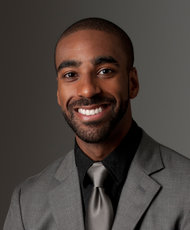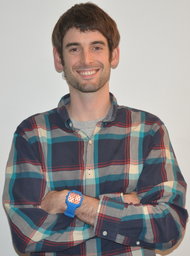 Doby Photography/NPR Matt Thompson, editor of the NPR team covering race, ethnicity and culture.
Doby Photography/NPR Matt Thompson, editor of the NPR team covering race, ethnicity and culture.
NPR’s race, ethnicity and culture reporting initiative will make its broadcast debut this week with a four-part series called “Changing Races” for the morning and evening news programs.
The digital part of the initiative, a blog called Code Switch, started a week ago. NPR — using a two-year, $1.5 million grant from the Corporation for Public Broadcasting to hire a team of six reporters, editors and bloggers — is ramping up its reporting on the topic as part of its efforts to appeal to a broader swath of listeners.
Gary E. Knell, in a telephone interview, said that since becoming NPR’s chief executive in December 2011 he has been working on diversifying the public radio audience beyond its traditional loyal base. That loyalty “is a great thing but it can also lead to complacency,” he said, noting that a recent survey found that 25 percent of the public “had never heard of NPR.”
The race, ethnicity and culture reporting, Mr. Knell said, is part of NPR’s strategy to “do better about mirroring America” by bringing in more voices and engaging minority communities more deliberately.
By giving the coverage a dedicated home on the NPR site and establishing it as its own reporting desk, “it gives permanence to the issues,” Mr. Knell said. “We want this emphasis on growing audiences and widening our presence to make a statement.”
The “Changing Races” series will explore the effects of the country’s shift to a multicultural society, looking at cities where demographics have changed, and, for example, the rise of Korean hip-hop, among other topics, said Matt Thompson, the team’s editor. Future reporting, he said, will augment NPR’s existing coverage of the issues, “in a way that’s more nuanced, deeper and more comprehensive than we’ve ever been able to do before.”
Audiences for NPR’s “Morning Edition” and “All Things Considered,” the nation’s most-listened-to radio news programs, have fluctuated in recent years, dropping around 5 percent from spring 2011 to spring 2012, according to Arbitron ratings figures, and rebounding last fall. Fall 2012 ratings put “Morning Edition” with a cumulative weekday audience of 13.4 million and “All Things Considered” at 12.5 million.
NPR’s diversification efforts have also included a marketing campaign to reach younger listeners and the use of more reports from NPR member stations, as a way of “making sure we’re covering more of America,” Mr. Knell said.
A version of this article appeared in print on 04/15/2013, on page B6 of the NewYork edition with the headline: NPR Series on Race Aims To Build a Wider Audience.
Article source: http://mediadecoder.blogs.nytimes.com/2013/04/14/npr-series-on-race-aims-to-build-a-wider-audience/?partner=rss&emc=rss
